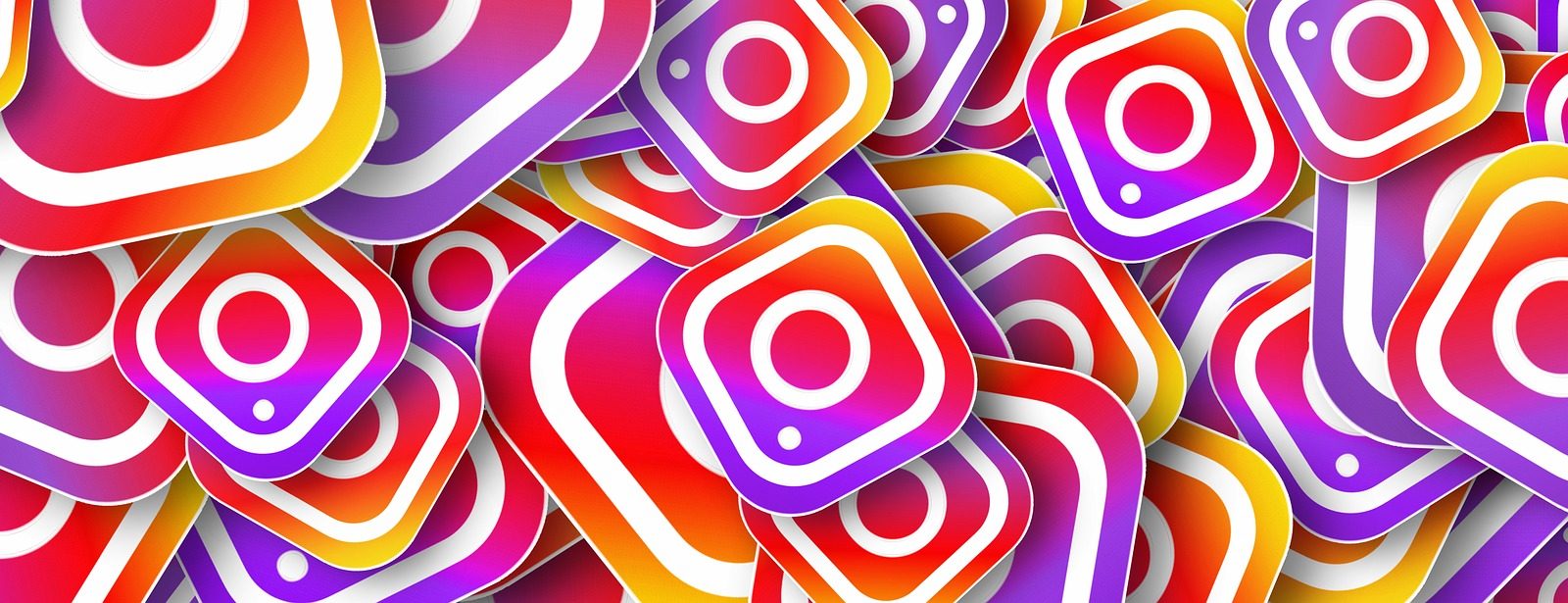Practical and Useful Examples of How to Use Instagram Stories
4 Min Read By Alex Slichnyi
When it comes to using social media, there is a whole lot of advice out there, but not as much regarding the practical application of that advice. For example, people will advise you that you have to have an Instagram page for your business. They’ll tell you to use features like Instagram Stories as well.
They’ll usually be able to quote the statistics and give you a general idea of how to post to Stories, but they stop short of giving you examples of these techniques in action. Don’t get us wrong, a lot of it is excellent advice. But wouldn’t it be nice if you had some real-world examples to draw inspiration from?
We thought so as well, and that is why we were so excited to find an infographic that gives not only facts and figures but also plenty of case studies of actual companies using Instagram Stories.
It’s about a five to ten-minute read and ideal for business people who have better things to do with their time than wade through pages and pages of inane babble to learn one or two bits of information. So, do check it out and see what value it might have for you.
Not convinced that you should be using Instagram, or the Stories feature? Let’s look at what it can do for you.
Why Should You Look Into Instagram Stories?
As one of the fastest growing social media networks, Instagram offers a unique value proposition for businesses. It is a very visual medium that isn’t overrun with spam yet, like some other social media sites out there.
For a restaurant manager, this is a perfect opportunity to showcase a culinary event that’s going really well, and this alone might convince people to give your place a shot for their next celebration. Instagram also allows you to add location information, so all people have to do is view your story, and if they decide that they’d like to eat at your restaurant, all the info they need is already there.
Instagram keeps things civil by not allowing you to post direct links in your posts. That means that you have to plan them out more carefully. If you cannot rely on pointing to an external link for content, then you have to create your own content.
Sure, it does mean more work, but it is also a great way to create something that might make a difference, instead of rehashing the same thing over and over again.
You’re probably wondering what the point is if you cannot post links to your site. You are allowed to post a link on your profile page to your main site. If you keep your content interesting, people should navigate through and have a look at your site that way.
You can also sneak in links in your videos or Photoshop them into your pictures.
The main benefits of posting in Insta Stories are:
- You need to up your game. If you get this right, your brand awareness will skyrocket.
- It is a great way to let your followers know about other aspects of your business, to make them see a different side of you.
- The better your posts are, the better your chances of engaging target customers.
- You can use the posts as a testing exercise to see what works best – the posts automatically drop off after twenty-four hours, so if one does not perform as well as you would like, it’s not the end of the world.
- There are many different things that you can post about and a lot of different angles you can take. You can post a behind-the-scenes look, an awesome slideshow of your latest product line, tutorials, basic information videos, etc.
Rules for Content
Insta gives you a lot more freedom regarding what type of content you can post, but you do need to adhere to the same basic rules you would anywhere else. These are as follows.
- Keep it Interesting: Let’s go back to that restaurant example. Short, quick videos about how a meal or dessert is prepared are something that a lot of people are willing to watch, so posting something like that will probably attract views like moths to a flame.
- Aim for Short Bursts: As a society today,we have a lot less free time on our hands. We also have a lot more content to consume. You could post a fifteen-minute video, but unless it is something people are really interested in, it probably won’t do well. Instead, try to break the information down into a “mini-series.” Try to keep your videos under two minutes to be on the safe side. If you must have longer content, post it on YouTube, create a teaser for it and then direct people to it there.
- Top Quality: Messing around here makes you look unprofessional. Make sure that you always put out the best content possible. Of all the social media channels, Instagram is the one most focused on the visual aspects.
Okay, now that you understand the basics, are you ready to dive in and try things for yourself? Check out the infographic to get you started.


